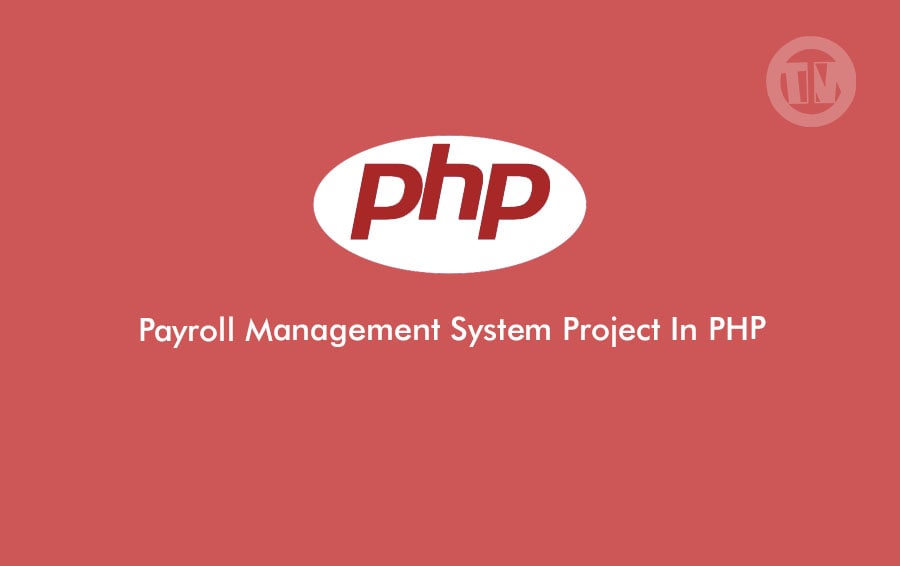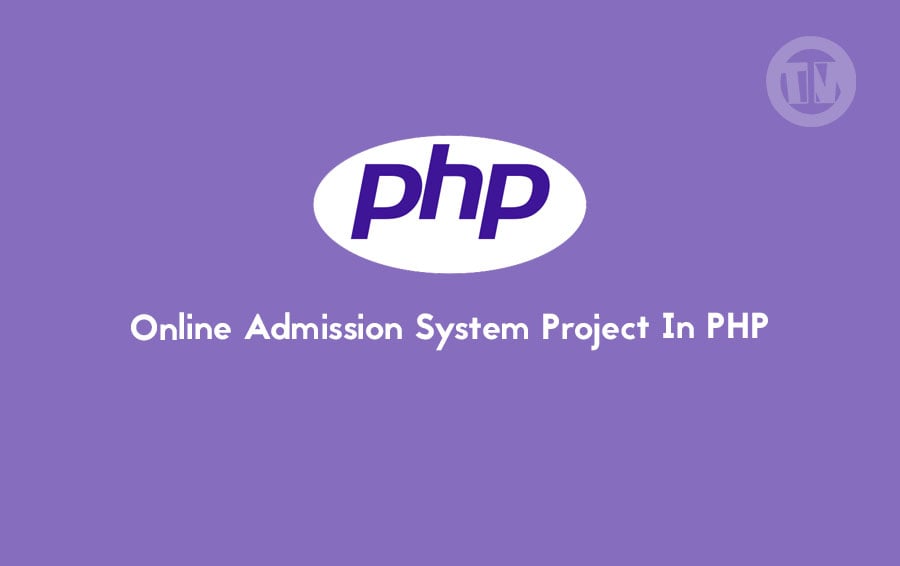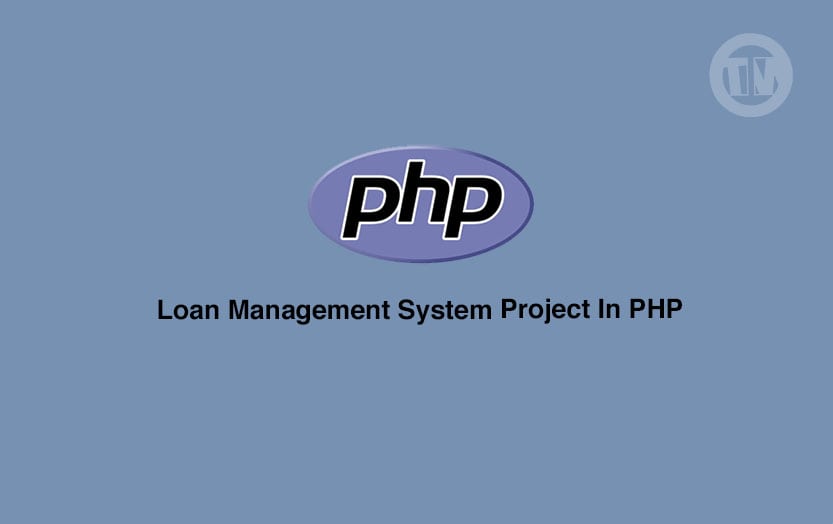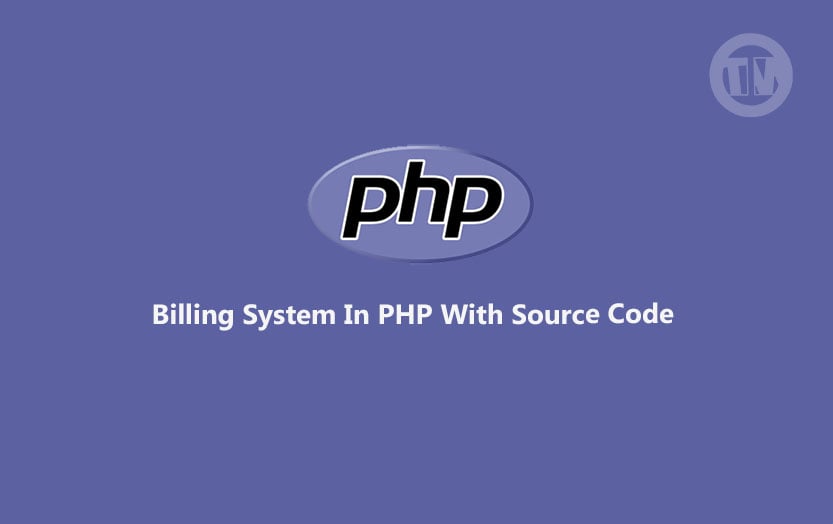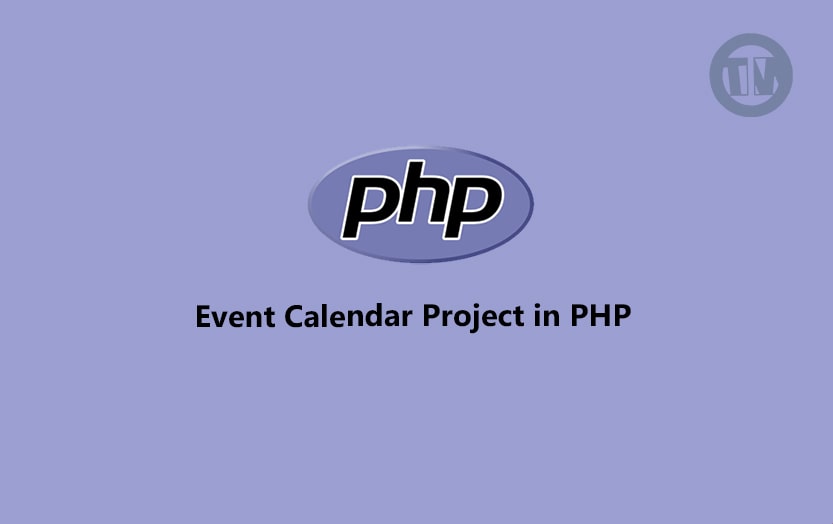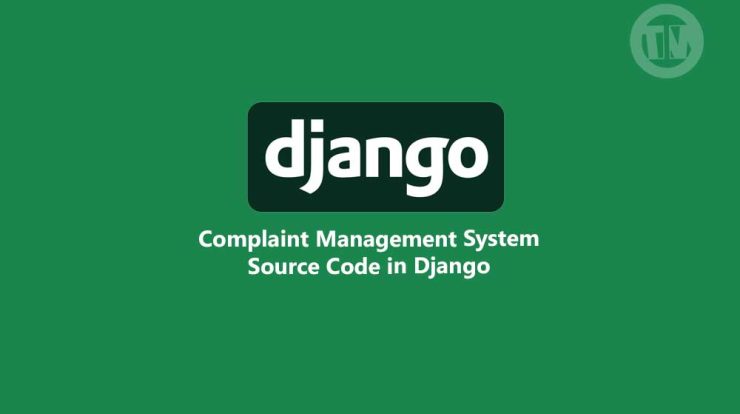
Are you searching for a reliable Complaint Management System (CMS) source code built on the powerful Django framework? Look no further!
In this article, we’ll delve into the world of complaint management systems, explore the benefits of using Django for development, and guide you through the process of downloading and setting up your very own CMS.
Introduction to Complaint Management Systems
In the fast-paced business landscape, it’s crucial to have efficient tools in place to handle customer complaints effectively. A Complaint Management System streamlines the process of recording, resolving, and monitoring customer grievances.
With a user-friendly interface and robust features, a well-designed CMS can drastically enhance customer satisfaction and streamline internal operations.
Why Django for Building a Complaint Management System?
Unleashing the Power of Django
Django, a high-level Python web framework, is renowned for its ability to simplify complex web development tasks. When it comes to building a Complaint Management System, Django shines for various reasons:
1. Rapid Development
Django’s “batteries-included” philosophy means it comes equipped with a wide range of tools, reducing the need to reinvent the wheel. This accelerates the development process, allowing you to focus on customizing the CMS to meet your specific needs.
2. Scalability
A well-architected CMS should be able to handle increasing numbers of complaints and users. Django’s scalability features, such as database optimization and caching mechanisms, ensure your CMS can grow with your business.
3. Security
Security is paramount when dealing with sensitive customer data. Django enforces best security practices by default, helping you build a CMS that’s resistant to common web vulnerabilities.
4. Versatility
Django’s modular design allows developers to create reusable components, making it easier to extend and enhance your CMS as your requirements evolve.
Django Complaint Management System with Source Code
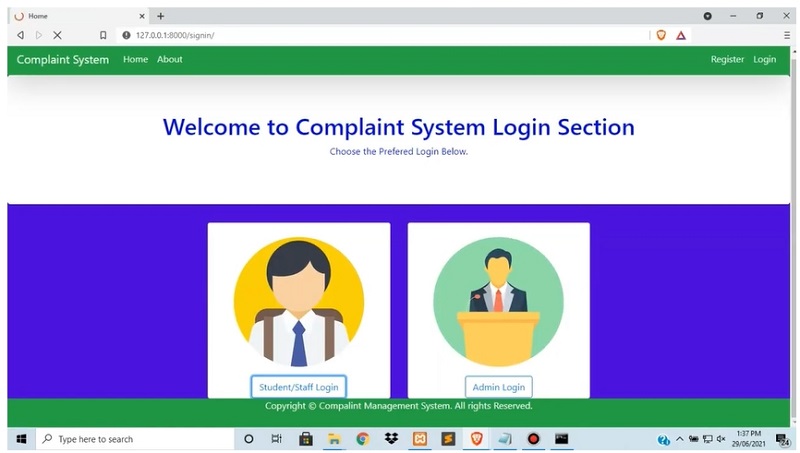
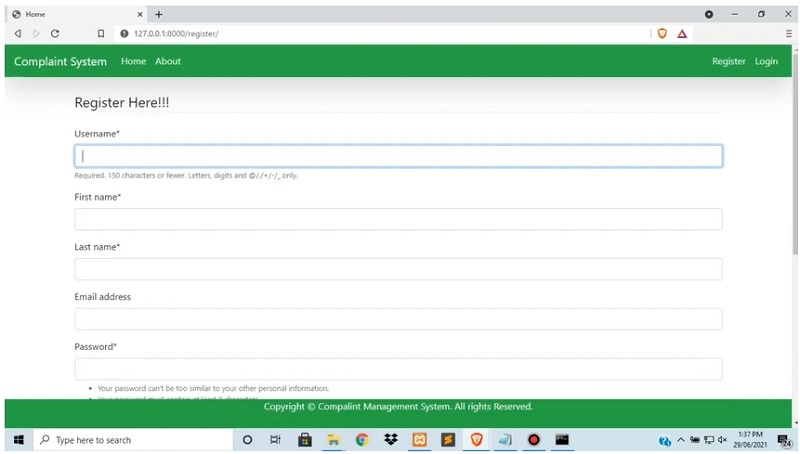
Admin Features
- Login Page – The page where the system administrator enters their system credentials in order to gain access to the system’s administrative side.
- New Complaints Page-This is the page where an administrator can add a new complaints.
- Complaints List– The page with a list of complaints that can be navigated to change or delete a complaints.
- New User Page – The page where a new admin credentials are created by an admin.
- Users list – This is the page that lists and manages the added users.
User Features
- Register Page– The page where new user created their login credentials for the website.
- Login Page – The page where the system user enters their system credentials in order to gain access to the system’s user side.
- Profile Page – This is the page where the user can update their profile information
- Password Reset Page – The page where the user can change their own password for better security of their account.
- Add Complaints Page – This is the page where the user can add their complaints.
| About Project | Project Details |
|---|---|
| Project Name | Complaint Management System Project in Django |
| Python version (Recommended) | 3.8 Version |
| Programming Language Used | Python Django Language |
| IDE Tool (Recommended) | Sublime, Visual Studio, PyCharm |
| Project Type | Web Application |
| Database | SQLite |
| Link Download | download |
Conclusion
In conclusion, a well-designed Complaint Management System is an essential tool for any business aiming to provide top-notch customer service. By utilizing Django’s powerful features, you can build a robust and scalable CMS that caters to your organization’s unique needs.

